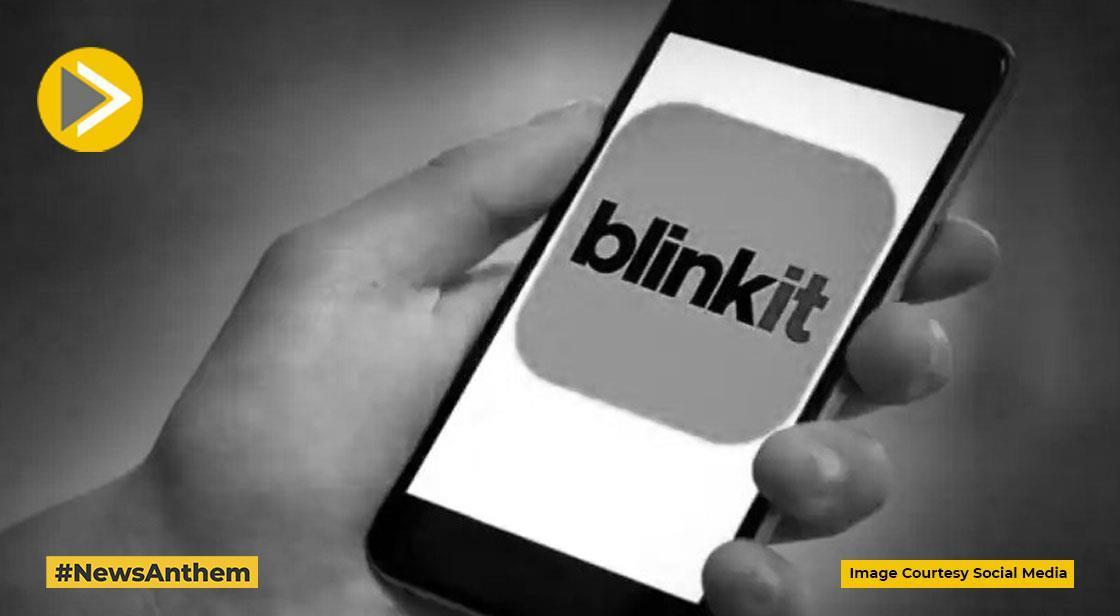Blinkit and Instamart Expand Market Share as Zepto Slows Down in Q1

News Synopsis
India’s quick commerce space is witnessing a reshuffle in market dynamics, with Blinkit and Swiggy’s Instamart reportedly expanding their market share in the April–June quarter of FY26. According to brokerage reports and industry experts, the growth of both platforms comes at a time when Zepto's momentum has softened amid efforts to rein in cash burn.
Blinkit and Instamart Outperform Industry Growth
As per a report from ICICI Securities, Blinkit’s gross order value (GOV) is estimated to have grown over 25% quarter-on-quarter, while Instamart saw a 22% growth during the same period. This is significantly higher than the estimated sub-20% growth of the quick commerce sector overall, indicating that both players gained market share in Q1 FY26.
On a year-on-year basis, Blinkit is projected to register a 140% increase in GOV, while Instamart is expected to record 110% growth.
Zepto Loses Users Amid Cost Controls
While Blinkit and Instamart gain traction, Zepto is seeing a decline in user numbers, even as it attempts to control expenses. According to Datum Intelligence, Zepto’s daily active users (DAUs) dropped from 5.5 million in December 2024 to 4.9 million in June 2025.
In contrast, Blinkit’s DAUs increased to 6.2 million during the same period. Instamart’s standalone app, launched in January 2025, also showed momentum with 1.1 million DAUs in June, despite the service still being available on the main Swiggy app.
Reasons Behind Market Share Shift
Experts attribute this shift in user base to several factors. Satish Meena, founder of Datum Intelligence, pointed out that existing users are switching apps, with many moving away from Zepto due to concerns over its pricing, customer service, and overall reliability.
In contrast, Blinkit and Instamart are actively acquiring new customers while increasing average order values (AOV), contributing to stronger unit economics and revenue growth.
Focus on Profitability and Rationalized Spending
As growth stabilizes, quick commerce firms are placing greater emphasis on profitability. The ICICI Securities report notes that performance marketing spends—used for acquiring users and promoting services like 10-minute delivery—remained muted for both Blinkit and Instamart in Q1 FY26.
Instead, companies are concentrating on increasing AOVs. For instance:
-
Instamart launched ‘Maxxsaver’, offering extra discounts for orders above ₹799.
-
Zepto rolled out ‘Super Saver’, offering discounts for purchases over ₹499.
These efforts aim to boost customer retention and raise basket sizes, improving the profitability of each order.
Service Charges Introduced to Improve Margins
In an effort to enhance unit economics, quick commerce platforms have started adding various service fees—including platform fees, handling charges, small-cart levies, and weather-related surcharges. These add-on fees go directly to revenue, contributing to better gross margins, as highlighted in an ET report dated June 30.
Slower Expansion of Dark Stores in Q1 FY26
To support profitability, platforms are also slowing down infrastructure expansion, especially the addition of dark stores. According to JM Financial, both Blinkit and Instamart reduced new store additions in Q1 FY26 compared to Q4 FY25:
-
Blinkit: ~250 stores (down from 294 in Q4 FY25)
-
Instamart: ~80 stores (down from 316 in Q4 FY25)
This cautious expansion is strategic. While Instamart and Zepto have already surpassed their 1,000+ dark store targets, Blinkit is on track to reach its 2,000-store milestone by December 2025.
Blinkit and Instamart Lead the Charge
Despite operational losses reported in previous quarters, both Blinkit and Instamart are demonstrating strong growth. In Q4 FY25, Blinkit posted a 134% year-on-year rise in GOV but reported a ₹178 crore operational loss. Instamart’s GOV rose 101% YoY, but its losses widened to ₹840 crore due to rapid dark store expansion.
However, with a renewed focus on efficiency, higher-value orders, and slower store rollouts, both companies are aligning themselves for sustainable growth in FY26—while Zepto’s cautious approach could limit its near-term scalability.
You May Like









